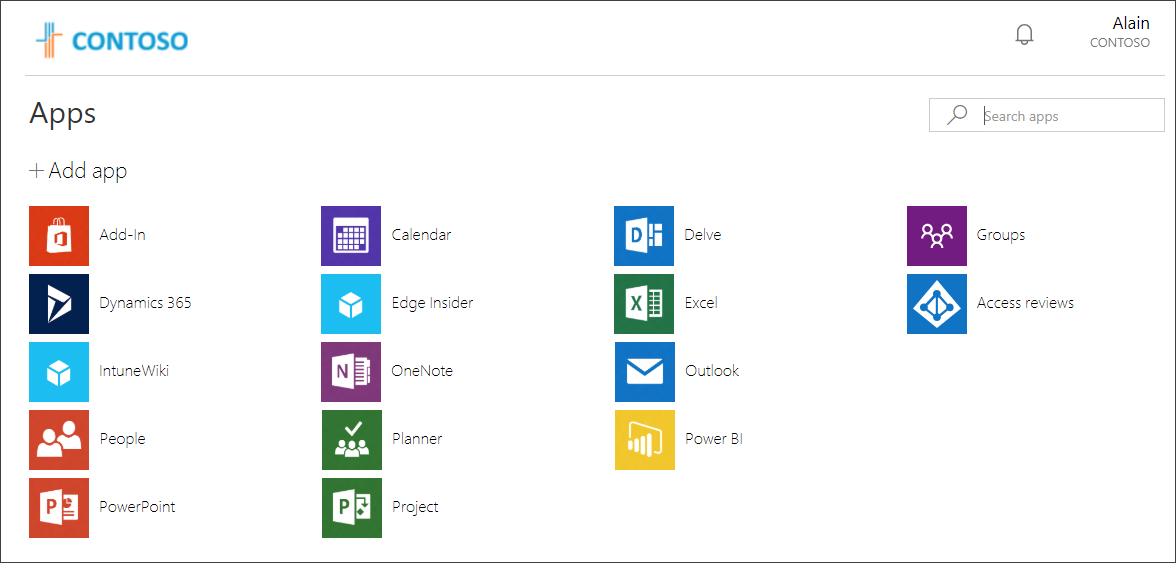Not all SAML applications will have native support for domain hints, if this is the case, you can use MyApps’s direct URL link and append the query string &whr=xyz.com at the end. The MyApps link can be found in the Azure Portal Azure Active Directory Enterprise Applications, click on your application, and go to its properties.
- Azure Active Directory admin center.
- Microsoft is radically simplifying cloud dev and ops in first-of-its-kind Azure Preview portal at portal.azure.com.
- The Publish to Azure App Service dialog appears, and any existing App Services are shown. To publish to an existing App Service, select the App Service in the list and then click Publish. To create a new App Service, click the New button. The New App Service dialog appears. In this dialog you can configure the settings for your new App Service.
- Click 'Web App Restarted', and it'll tell you the reason, usually because of storage latency or infrastructure upgrades. The above still stands though, in that when moving to Azure App Service, the best way forward is you really just have to coax your app into being comfortable with random restarts.
- Enroll your macOS device using the Company Portal app.; 4 minutes to read; In this article. Enroll your macOS device with the Intune Company Portal app to gain secure access to your work or school email, files, and apps. Organizations typically require you to enroll your device before you can access proprietary data.
If you’ve been watching the Intune Whats New page closely, you may have noticed you can now use Intune to push down applications to MacOS devices. This is a quick post on how to achieve that – We’ll use Skype for Business as the example app.
The IT admin process is pretty straight forward but I must admit I tripped on a couple of syntax issues the first time I did this so I’ll blog it here with some syntax to save you some time. Your welcome 😊

Step 1 – Get the app package (.pkg file)
First you need to acquire the app as a .pkg file.
(Conversion of other formats e.g. “.DMG” to “.PKG” is not supported.)
On a Mac, Logon to http://portal.office.com as a user licensed for Office 365 Pro Plus and download the Skype for Business .pkg file.
Azure Portal App Mac Download
Step 2 – Convert it to a format that Intune understands (.intunemac)
On a Mac, download the Intune app wrapping tool from Github ( https://github.com/msintuneappsdk/intune-app-wrapping-tool-mac)
Once you have it downloaded, Open a Terminal session and navigate to the directory where the IntuneAppUtil tool was placed. Run this syntax to convert from .pkg to .intuneMac format
(-c is the input file and -o is the output directory)
You now have an .intunemac file you can distribute with Intune
Step 3 – Upload to intune
In the Intune console, go to Mobile Apps> Apps>Add> Line-of-business App
Choose the .intunemac file to upload.
In the App Information blade, you can configure some metadata and add an icon.
Click Ok, and Add and wait for the app to be uploaded.
Azure Portal App Mac Ios
Step 4 – Assign it
Select the Skype for Business app, Assignments, then assign it to a User and/or Device group as a Required install.
(Note: At the time of writing this post, Available install isnt an option)
Don’t forget to click save.
Azure Portal Download
On Intune enrolled Mac’s, Skype for Business will be installed seamlessly and be ready for use.
Azure Portal App For Mac
Tip: If you want to watch the progress of the install, open the Console utility on the Mac and filter for the Bundle ID. (For Skype this is com.microsoft.package.Microsoft_autoUpdate.app)
- Use filter for App keywords: “Skype”
Filter on the Thread ID for app download and installation
Azure Portal App Mac Desktop
Other handy filters for troubleshooting are mdmclient and Company Portal